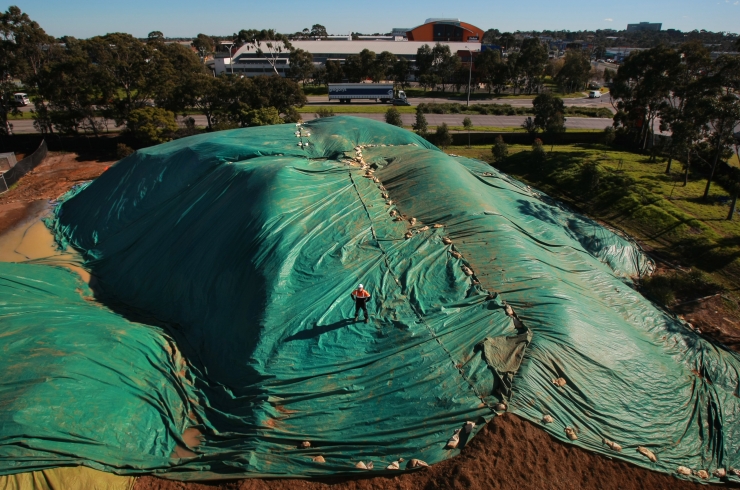A COMPANY that will operate a toxic soil plant 950 metres from Altona homes next year has denied there will be emissions known to cause cancer and birth defects in humans.
But documents from the Victorian Civil and Administrative Tribunal state “it is common ground” that Innova Soil Technology’s operations on the Dow Chemical site will produce gas emissions containing carcinogens: “Principally these are dioxins and furans, listed as being a group 1 carcinogen by the International Agency for Research on Cancer”.
Innova managing director John Lucas denied there would be any emissions of chemicals linked to cancer and birth defects.
“The rapid quenching process stops long-chain hydrocarbons, like dioxins or furans, from forming,” he said.
In a report dated December 2010, Innova lists locations of the maximum predicted impact for air pollutants. The list refers to dioxins and furans being airborne in Altona and pollution particles, one-thirtieth the size of a human hair, reaching Altona Meadows. In a joint decision handed down last month, VCAT deputy president Mark Dwyer and members Ian Potts and Catherine Wilson said they were satisfied Innova would reduce dioxin emissions to “the maximum extent achievable”.
They were also satisfied that Innova’s other carcinogenic emissions were at such low concentrations as to represent “acceptable minimisation of risk to human health”.
Hobsons Bay Council has until Wednesday to decide if it will appeal to the Supreme Court to overturn VCAT’s decision.
But mayor Angela Altair said VCAT’s decision could only be set aside on appeal on a point of law and “we all know how much it costs to challenge anything in the Supreme Court”.
Dioxins affect foetus and embryo development, impair the immune system and male reproductive system (for example, reduced sperm count) and cause endometriosis in women.
In approving the toxic soil plant, VCAT stated that residents 950 metres from the site were safe because the state government had set the safety buffer at 500 metres.
“If properly managed, fugitive dust from soil storage on the Innova site is unlikely to be an issue beyond its site . . . and certainly not an issue 950 metres or more away,” VCAT’s ruling said.
EPA spokeswoman Robyn Box said Innova would be required to monitor its system. “The site has a buffer of 950 metres from residents and the soil is housed inside until treated and cleaned,” she said. “Air pollution cleaning systems are in place to ensure emissions do not exceed this distance.”
In its submission to a Senate inquiry in to the impact of air quality on health, the Brooklyn Residents Action Group (BRAG) states the EPA has been unable to contain pollution in Brooklyn, which has become Victoria’s most polluted suburb.
“We already have issues that impact on community health,” the submission says.
“We don’t want an additional source of dust that has the ability of impacting on all Hobsons Bay residents.”








